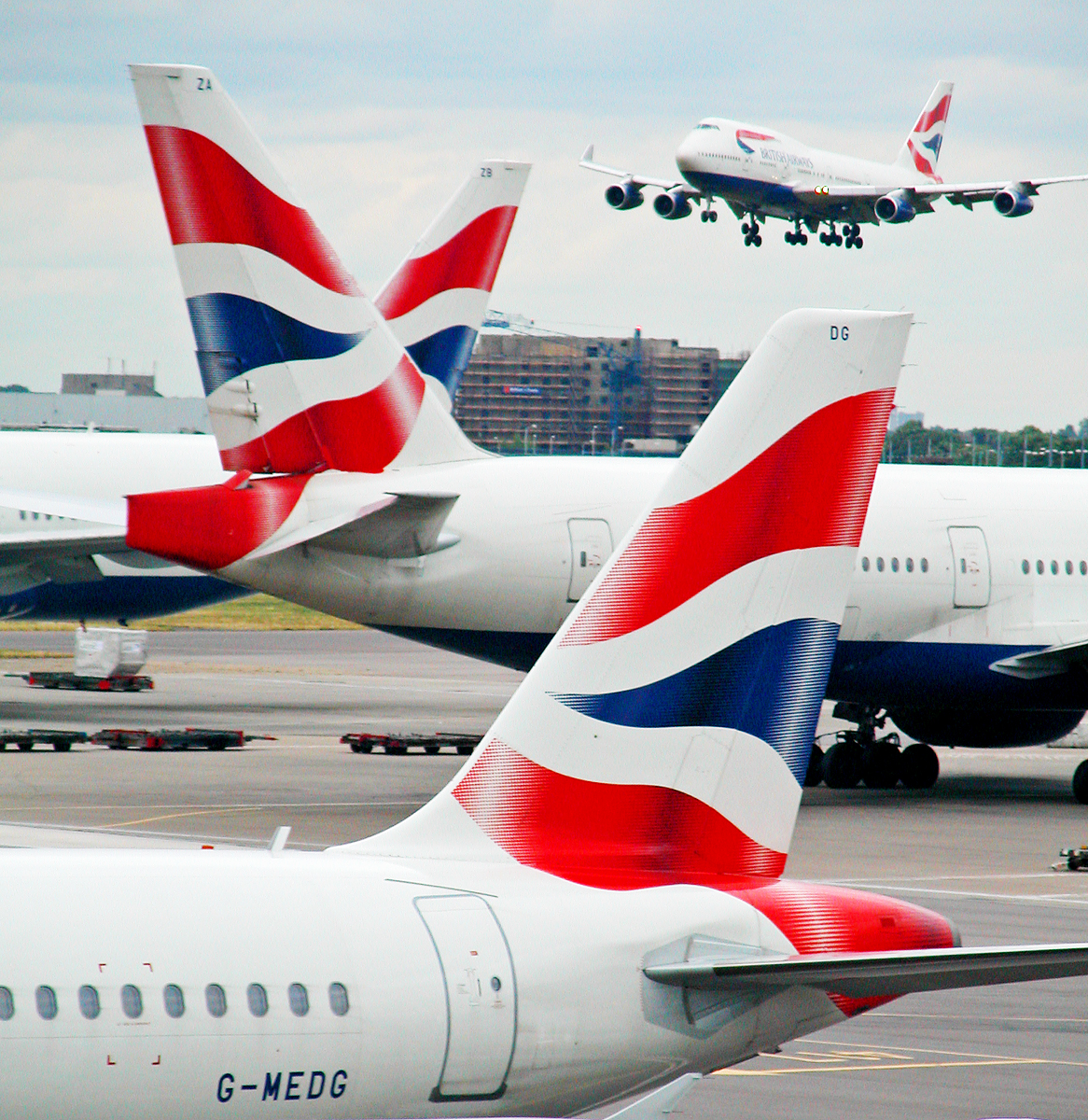Household Bills
British Airways emits more CO2 per passenger than rivals

Holidaymakers travelling with British Airways may have a CO2 footprint that’s up to 45% higher than rival airlines on the same UK routes, an investigation has revealed.
The investigation compared CO2 emissions on popular international routes from London which were well served by competing carriers.
In the snapshot analysis by Which? Travel, it found that in four of the six routes, BA had the worst emissions of any carrier.
A passenger flying from Heathrow to Miami with BA would be responsible for 1.13 tonnes of carbon – almost a third more than for the same journey with Virgin Atlantic (860.9 kilos). That’s a difference of 544 kilos of CO2 for a return journey – the equivalent of more than two months of electricity in the average UK home.
As a flag carrier, British Airways tends to have older fleets of wide-bodied aircraft, which use more fuel. They also carry more business and first-class passengers. As the seats come with more space so fewer passengers are packed on the plane, this also results in a larger carbon footprint.
Business passengers on long-haul flights are responsible for three times more CO2 than economy flyers, while for first-class, it’s four times. A previous investigation also revealed that BA emitted 18,000 tonnes of additional CO2 each year due to its ‘fuel tankering’. This involves filling up an aircraft with extra fuel to avoid refuelling in destinations where prices are higher.
Long-haul and short-haul flights
Which? also found shorter journeys are more toxic. A BA flight from London Stansted to Palma de Mallorca (160 kilos of CO2 per passenger) emitted nearly 50 per cent more than the same route with Ryanair, Jet2 or Tui (109.3 kilos). On a round trip, that’s a saving of 100 kilos – the same as leaving a 60W light bulb switched on for 161 days straight.
In the worst case noted by Which?, an indirect flight from London Heathrow to Singapore with Cathay Pacific (1.7 tonnes of CO2) produced three quarters more emissions than the same journey with KLM (958 kilos).
That’s a difference of almost 1.5 tonnes for a return journey – the same amount of CO2 expelled by 100 full tanks of diesel in an average-sized car. This is because a connecting flight in Hong Kong with Cathay rather than Amsterdam with KLM means a couple hours more in the air, so greater carbon.
Swapping airline can cut carbon
Rory Boland, Which? Travel editor, said: “These figures show that swapping to a greener airline will allow the many of us concerned about climate change to immediately and significantly reduce our individual carbon footprint.
“If millions of us were to switch to a less polluting airline on our next holiday, it would bring pressure to bear on the worst polluting airlines and force them to prioritise their impact on the environment by introducing more efficient aircraft and cleaner fuels.”
A spokesperson for BA, said: “We are tackling climate change by developing sustainable aviation fuels and opting for greener aircraft. We are currently operating more than 40 new and fuel-efficient aircraft and have a further 73 on order. These are 25% to 40% more fuel-efficient than those they replace.”